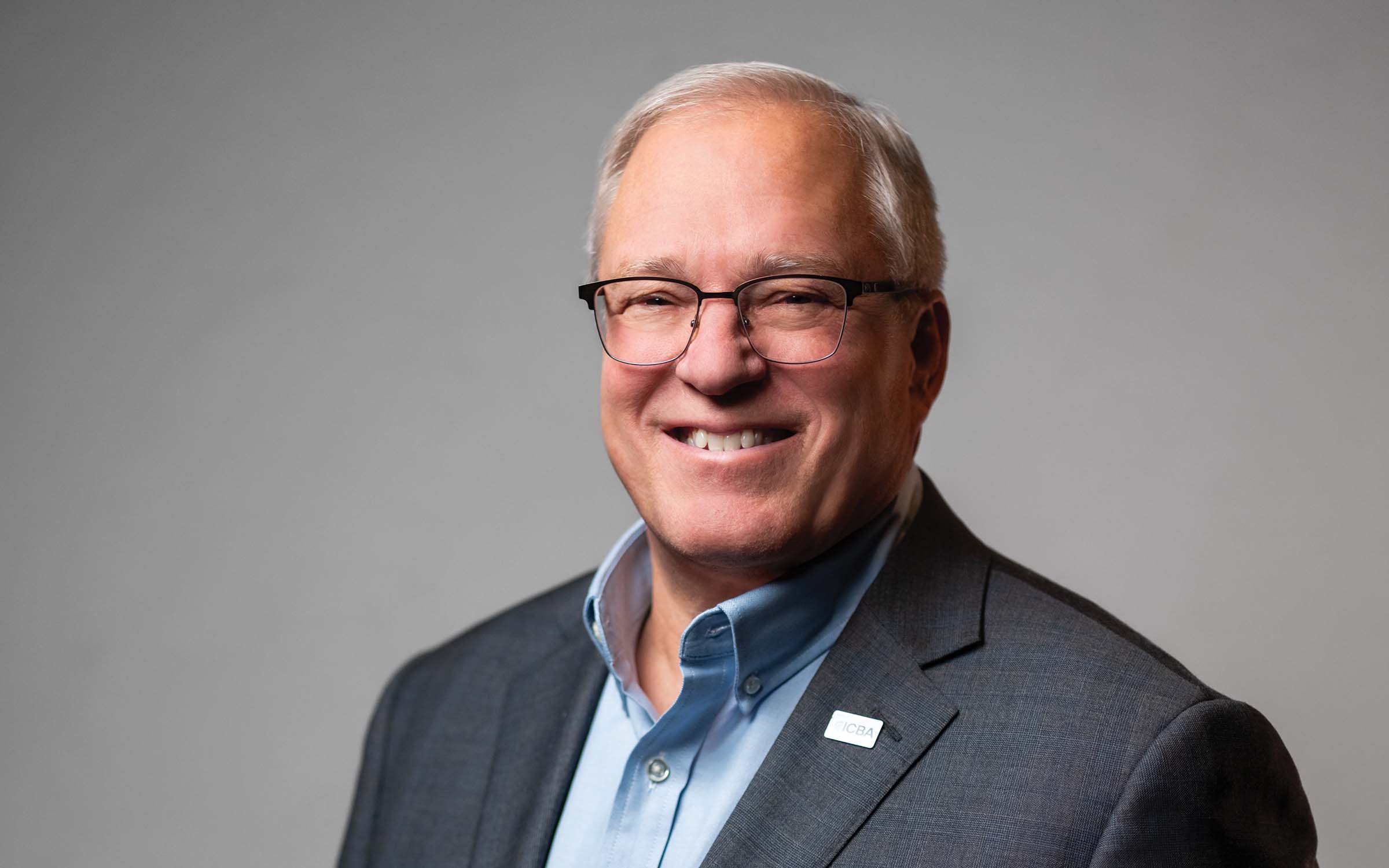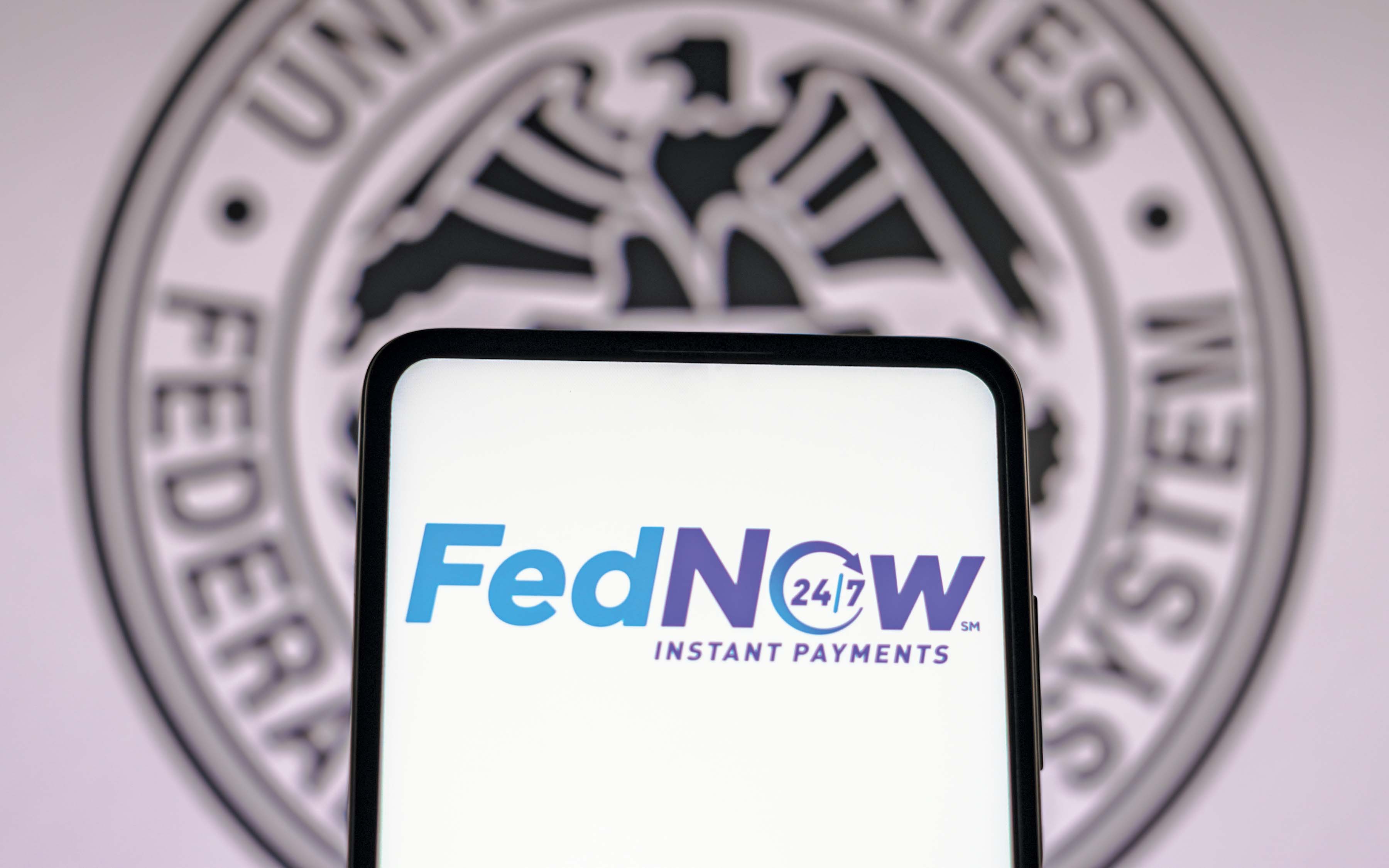More community banks are now sharing information with their peers about suspected customer activities that may involve money laundering or terrorist financing. This collaboration is permitted under USA PATRIOT Act Section 314(b) upon providing notice to the Treasury Department.

“The ability for banks to communicate, collaborate and share information promotes awareness of suspicious activity,” says Rhonda R. Thomas-Whitley, ICBA’s senior vice president and senior regulatory counsel. “It provides a broader view into transactions, allows for more targeted mitigation and allows banks to focus resources more effectively to combating suspicious activity.”
Best practices for sharing information
Sharing under Section 314(b) enhances a community bank’s decision-making process as it pertains to filing a suspicious activity report, Thomas-Whitley says.
Before sharing information, banks must take reasonable steps to verify that the other bank with which it intends to share information has also submitted the required notice to the Financial Crimes Enforcement Network (FinCEN).
Banks should designate at least one point of contact for receiving and providing information, she says. They should also develop adequate procedures to protect the security and confidentiality of the information.
Only use information for investigation and reporting of suspicious activities that may involve money laundering or terrorist financing, says Ryan McInerny, vice president of product strategy at RiskScout, a BSA software company in Austin, Texas.
“If you use the information you’ve received for that purpose, congrats! You have safe harbor,” McInerny says. “If the suspected offense involves a suspected unlawful activity, then that is a predicate activity of money laundering and is permissible to share.”
Predicate offenses related to money laundering that can be shared broadly include violent crimes, drug trafficking, terrorist financing, human trafficking and smuggling, arms trafficking, immigration crimes, fraud and corruption, cybercrimes, environmental crimes, theft and robbery, counterfeiting, espionage, theft of trade secrets, financial crimes, and prohibited transactions with sanctioned entities.
“You’ll be covered for safe harbor if you share information with a participating financial institution through a safe and secure method,” McInerny says.
Benefits of information sharing
There is not a limit on the medium or content that can be shared under Section 314(b), McInerny says, if the information is necessary for investigating potentially suspicious activities. For example, community banks can share a customer’s personally identifiable information, transaction activity and video footage of the individual. “As long as the activity or information is relevant to the information request and is predicated off of a suspected unlawful activity,” McInerny continues, “then the information is permissible.”
Sharing under Section 314(b) enables banks to gain the necessary information for their investigations and provides context around the types of entities they are banking, he says.
“It’s typically seen as proactive by regulators, which can help your management [rating in the] CAMELS rating [system],” McInerny says.
Kelan Oster, vice president and senior compliance officer of $2.3 billion-asset Western State Bank in Devils Lake, N.D., actively promotes AML/CFT sharing under Section 314(b) to his peers in bank networking groups.
“It’s a good fraud prevention tool as well,” he says. “You couldn’t have a fraud suspicion without having a money laundering suspicion, because to have fraud, the money also needs to be laundered.”
To share under Section 314(b), Oster says, bank employees first need to register themselves and their institution with FinCEN, which typically takes about five minutes, and then renew every year. Employees can share information via emails, telephone conversations or a communication platform such as the Verafin FRAMLxchange.
“You cannot be within the FRAMLxchange if you aren’t registered as a 314(b) participant,” Oster says. “If you let your participation lapse, then your access is suspended. This also makes it easier to validate that the person you are sending questions to is a participant or that the person requesting information from you is a participant.”
Working with others
Oster notes that bank examiners validate that an employee and their institution are registered during periodic exams. Examiners will also check to see if the institution has a process to validate—and retain evidence—that the person with whom they are sharing information is a participant.
“Even if you don’t use the FRAMLxchange, it is as simple as logging into 314(b) on the FI Portal, which has the same login that you use to access the 314(a) list to search for the name of the bank that you want to share with,” Oster says. “Once you confirm registration, you can chat with them about anything involving potential money laundering or terrorist financing.”
Within his peer groups, Oster shares general information about the latest fraud trends, though they don’t speak about transactions or customer information as they can under Section 314(b). “The peer groups are a good resource to see what others are doing to combat similar situations or concerns,” Oster says. “I am always looking for new opportunities to work with peers or to share information. The only way we can stop fraud, money laundering and terrorist financing is to work together with our peers.”






